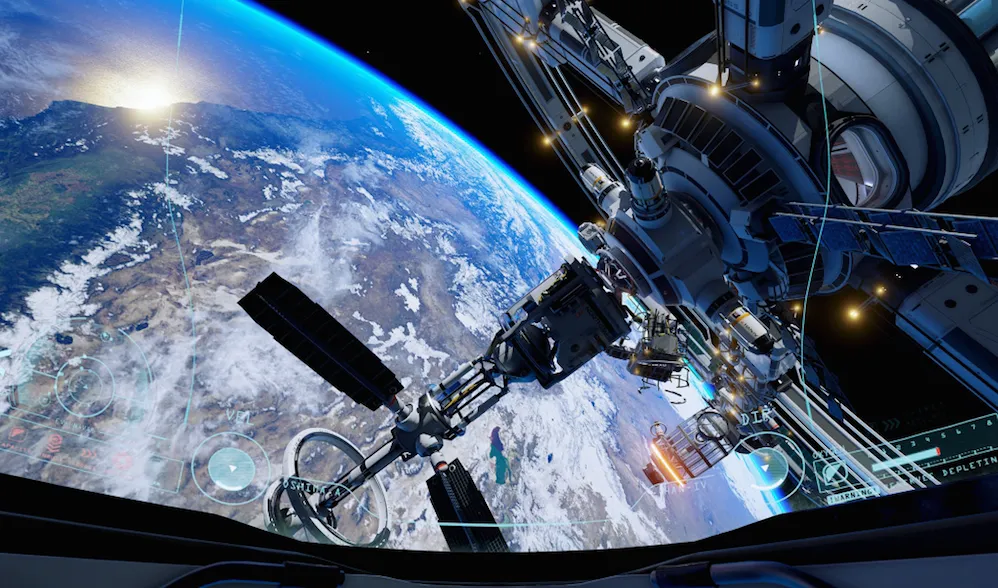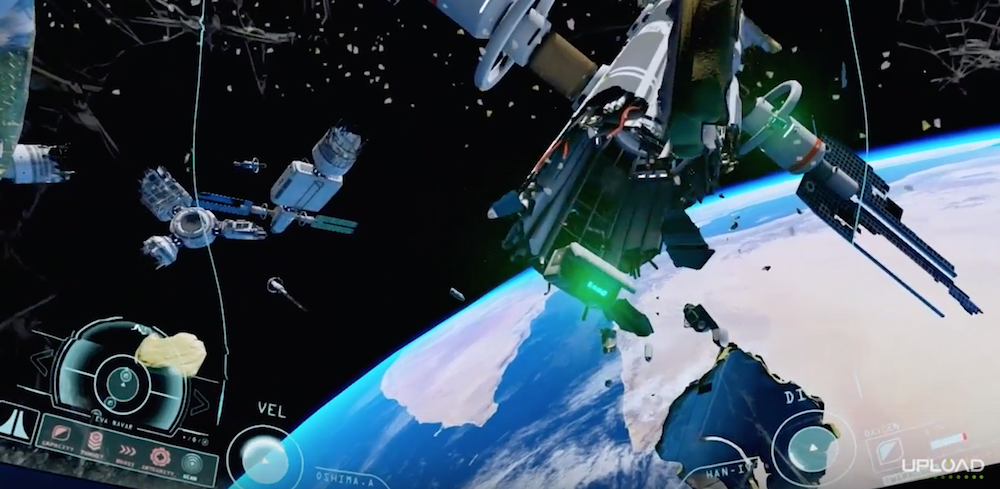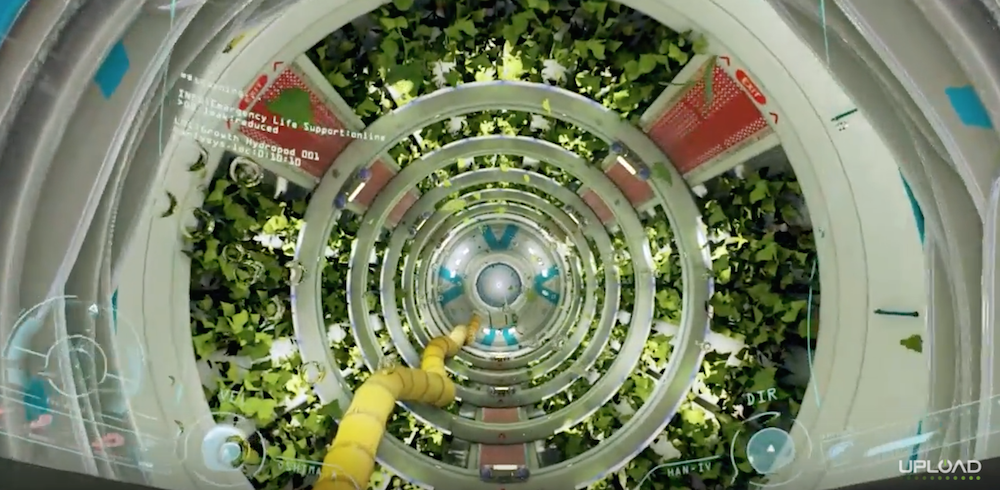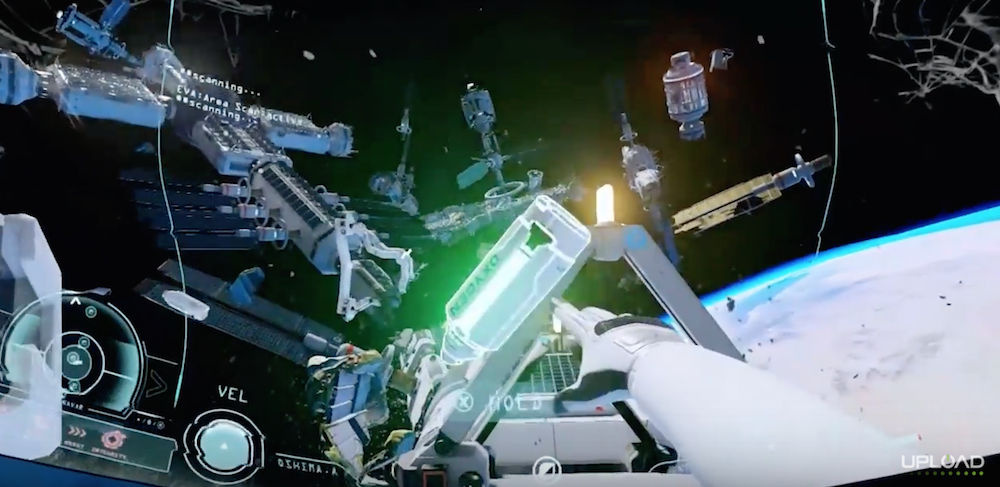Studio: Three One Zero
Platform: Oculus Rift
Price: $19.99
Release Date: March 28th, 2016
—
Even though ADR1FT was conceptualized long before the film Gravity came out, the similarities between the two properties are too significant to ignore. Both the movie and the game feature a young female protagonist who is faced with the daunting challenge of surviving in the cruel vacuum of space following the catastrophic destruction of her space station.
Both stories also offer amazing visuals and brilliantly utilize the 3D imaging technologies of their respective mediums. However, the biggest difference between the two is that while Gravity offers a compelling story with plenty of action packed moments to keep your interest, ADR1FT’s charm and excitement wear off almost as quickly as the oxygen levels in your spacesuit.
Before you reach for that handy pitchfork and start lighting your torches let me start by focusing on what ADR1FT does best: the visuals.
ADR1FT’s utilization of VR’s unique capabilities is incredibly disappointing.
ADR1FT is simply one of the most beautiful games in the Oculus Rift’s launch library. From the opening moments you’ll immediately find yourself dumbfounded by the huge draw distances and meticulously rendered assets floating all around you.
Each new area is a delightful surprise. Whether you’re moving from cramped hallways to the palm-sweat inducing hugeness of open space traversal, or seeing the stoic whites of the space station turn to brilliant purples of a rose-blossom garden, ADR1FT is constantly providing moments of ocular amazement as you progress.
I just wish it gave me the ability to fully enjoy them.
Moving from the best to the worst, ADR1FT’s utilization of VR’s unique capabilities is incredibly disappointing.
The in-helmet point of view makes sense for the story, but it doesn’t change the fact that by artificially restricting your field of view by 40 or 50 percent Three One Zero has essentially stripped most of what makes VR gaming enjoyable out of its final product.
When I was floating in the majesty of outer space all I wanted to do was crane my neck in every direction to take in as much of the beautiful scenery as possible. Unfortunately the restricted view makes that impossible.
ADR1FT is simply one of the most beautiful games in the Oculus Rift’s launch library.
After a while you start to get the feeling that ADR1FT is a game that was clearly developed without VR in mind and only had the feature tacked on as a gimmick. The fact that the game offers you the option to play the entire experience in 2D “desktop mode” only further serves to drive this unfortunate thought home.
ADR1FT’s VR usage is not only restrictive, but it’s also a bit nauseating as well. The game has an “Intense” rating on the Oculus store and it lives up to it completely. It’s hard for people to play for more than 15 minutes at a time – even if they’re experienced VR enthusiasts – without having to take a break or quit altogether.
The controls in ADR1FT are directly tied to the game’s story. Every button on your controller corresponds to a different form of motion in your spacesuit. Once you get the hang of it, this actually works pretty well and captures the feeling of untethered space travel nicely (I imagine).
The problem is that once you’ve mastered the movement there’s not much else to do. Everything you do in ADR1FT is almost entirely focused on traversal. Just get from point A to point B. Unfortunately the journey in between is almost completely devoid of interesting things to do.
You have an oxygen meter that steadily depletes and nabbing the floating canisters of air to replenish your supply is the only real break in the monotony when heading to checkpoints. This is compounded by the fact that you move agonizingly slowly in ADR1FT. I get that the point is to seem realistic and atmospheric, but when the entire game is based around getting places the sluggish pace often becomes a source of frustration if not outright boredom.
ADR1FT borrows from the BioShock handbook when it comes to story. You begin in the middle of the action and have to piece together a plot from the scattered personal communications of your fellow astronauts.
This would be fine if the slow movement and constantly depleting oxygen didn’t discourage exploration so thoroughly. I often felt that using half my oxygen supply to get to an e-mail terminal or audio log just simply wasn’t worth it and bypassed them all together.
The silent nature of the game’s protagonist is also disappointing. You can hear her pant and grunt as you move through the game, but she refuses to respond to mission control’s many attempts to hail her for much of the game.
The term one-trick pony comes to mind when considering ADR1FT.
It makes sense that a shocked and grieving captain would be reluctant to speak to a potentially judgmental ground crew, but her silence in the intervening periods seems like a huge missed opportunity to build her character and forge a bond between the commander and the player.
With 4-5 hours of gameplay ADR1FT is an average experience when it comes to the length of the current era’s VR games. Most of this is, however, made up of repetitive repair missions with the occasional chance to discover more of the story.
ADR1FT is also fairly easy as well once you get the hang of the controls and the oxygen management system. The relative lack of challenge also contributes to the general lack of interest that it commands from its players.
The term one-trick pony comes to mind when considering ADR1FT. It hits incredibly hard with the visuals but unfortunately follows that up with a frustrating lack of VR integration and an agonizingly slow pace.
ADR1FT is most likely the game that its developer’s wanted to make: a realistic, beautifully rendered space story. Unfortunately, it contains too many gameplay missteps as a VR title to earn a place amongst the stars.
Read our Game Review Guidelines for more information on how we arrived at this score.





























